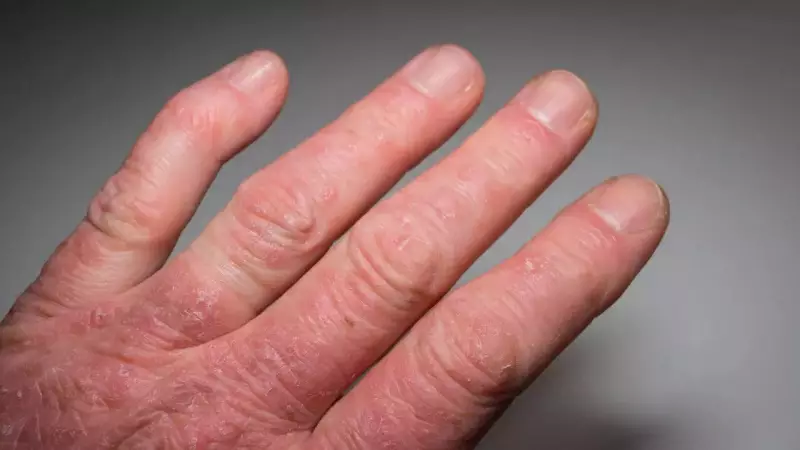
While psoriasis is widely recognized for its visible skin manifestations, many remain unaware of its potentially debilitating cousin—psoriatic arthritis. This autoimmune condition extends beyond the skin, attacking joints and connective tissues, often with devastating consequences if left untreated.
The Hidden Enemy: What Exactly is Psoriatic Arthritis?
Psoriatic arthritis represents a double challenge—merging the skin symptoms of psoriasis with inflammatory arthritis. This chronic autoimmune disorder occurs when your body's defense system mistakenly targets healthy joints and skin, leading to inflammation, pain, and potential long-term damage.
Red Flags: Early Warning Signs You Should Never Overlook
Recognizing psoriatic arthritis early can dramatically improve treatment outcomes. Watch for these crucial indicators:
- Joint pain and stiffness that typically worsens in the morning or after periods of rest
- Swollen fingers and toes that may resemble sausages (dactylitis)
- Lower back pain resulting from inflammation where tendons and ligaments connect to bone
- Nail changes including pitting, thickening, or separation from the nail bed
- Reduced range of motion and fatigue that persists despite adequate rest
- Eye inflammation (uveitis) causing pain, redness, and blurred vision
Root Causes: Why Does Psoriatic Arthritis Develop?
While the exact trigger remains elusive, researchers have identified several key factors:
- Genetic predisposition: Approximately 40% of individuals with psoriatic arthritis have family members with psoriasis or arthritis
- Immune system dysfunction: The body's defense mechanisms mistakenly attack healthy tissues
- Environmental triggers: Infections, physical trauma, or significant stress may activate the condition in genetically susceptible individuals
- Psoriasis connection: About 30% of people with psoriasis eventually develop psoriatic arthritis
Taking Control: Effective Management Strategies That Deliver Results
While there's no definitive cure for psoriatic arthritis, numerous strategies can effectively manage symptoms and prevent joint damage:
Medical Interventions
Early diagnosis and treatment are paramount to preventing irreversible joint damage. Rheumatologists typically employ a multi-pronged approach including:
- Nonsteroidal anti-inflammatory drugs (NSAIDs) for pain and inflammation relief
- Disease-modifying antirheumatic drugs (DMARDs) to slow disease progression
- Biologic medications that target specific immune system pathways
- Targeted synthetic DMARDs for more precise intervention
Lifestyle Modifications That Make a Difference
Regular physical activity helps maintain joint flexibility and reduces stiffness. Low-impact exercises like swimming, cycling, and yoga are particularly beneficial. Weight management significantly decreases stress on weight-bearing joints, while balanced nutrition rich in anti-inflammatory foods can help modulate symptoms.
Complementary Approaches
Stress reduction techniques such as meditation and deep breathing can help manage flare-ups, as stress often exacerbates symptoms. Physical therapy provides customized exercises to strengthen supporting muscles and improve mobility. Assistive devices and joint protection strategies can make daily activities more manageable during flare-ups.
The Path Forward: Living Well With Psoriatic Arthritis
Psoriatic arthritis demands a proactive approach, but it doesn't have to define your life. Through early detection, appropriate medical care, and comprehensive lifestyle adjustments, most individuals can achieve significant symptom control and maintain an excellent quality of life. Remember—listening to your body and partnering with healthcare professionals creates the foundation for effective long-term management.





